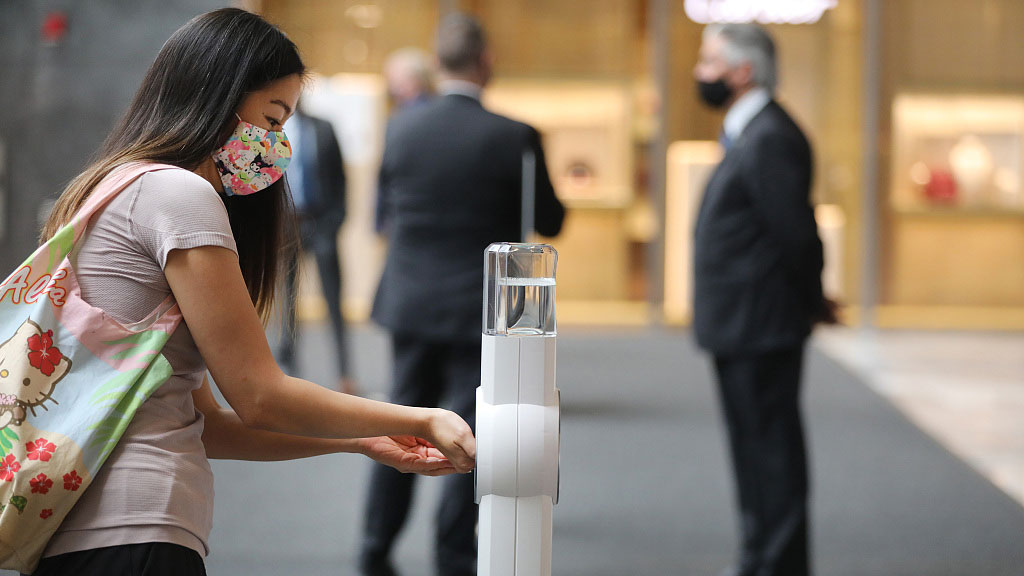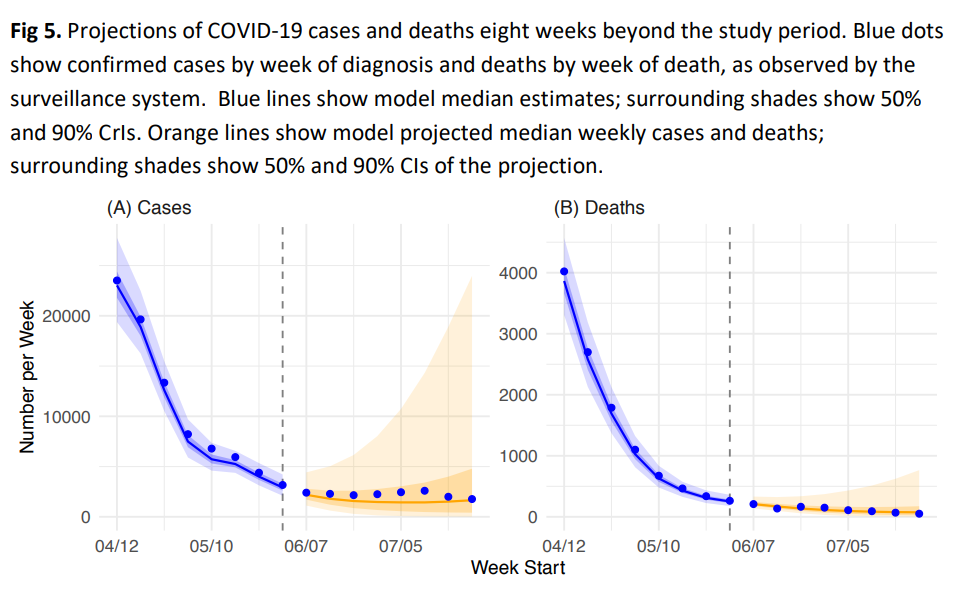
A woman sanitizes her hands at the mall at Hudson Yards on the first day of the reopening of malls to the public since the outbreak of COVID-19 in mid-March on September 09, 2020 in New York City. /CFP
A woman sanitizes her hands at the mall at Hudson Yards on the first day of the reopening of malls to the public since the outbreak of COVID-19 in mid-March on September 09, 2020 in New York City. /CFP
Imposing a lockdown and mask-wearing helped a lot in New York City's battle against the COVID-19 pandemic, a study by researchers from Columbia University concluded.
The study found that the city's lockdown alone "led to a 70 percent drop in NYC COVID spread," and masks contributed seven percent, indicating that these methods worked effectively and might have saved thousands of lives.
The researchers, led by Assistant Professor of Epidemiology Wang Yang, studied NYC's data on confirmed COVID-19 cases and deaths together with mobility data.
The mobility data was used to represent how much impact the stay-at-home order had on people.
They also used the same method to successfully predict the number of confirmed COVID-19 cases and deaths for eight weeks, which proved the method is solid.

A screenshot from MedRxiv
A screenshot from MedRxiv
The study's conclusion is in line with similar studies on China's Wuhan, Italy and France, the university said in a news release.
Wuhan was the first city to be locked down during the pandemic. At that time, many people outside the city questioned the necessity of the lockdown, complaining that it was a mild violation of human rights.
But as the disease spread across the world, more cities were forced into a lockdown, and the discussion slowly faded away.
Now, as the U.S. tries to return to normalcy, even fewer people remember how much pressure Wuhan faced back in March.
The study is published on MedRxiv and pending peer review, which means other researchers have not yet verified the study's integrity due to the emergence of the pandemic.